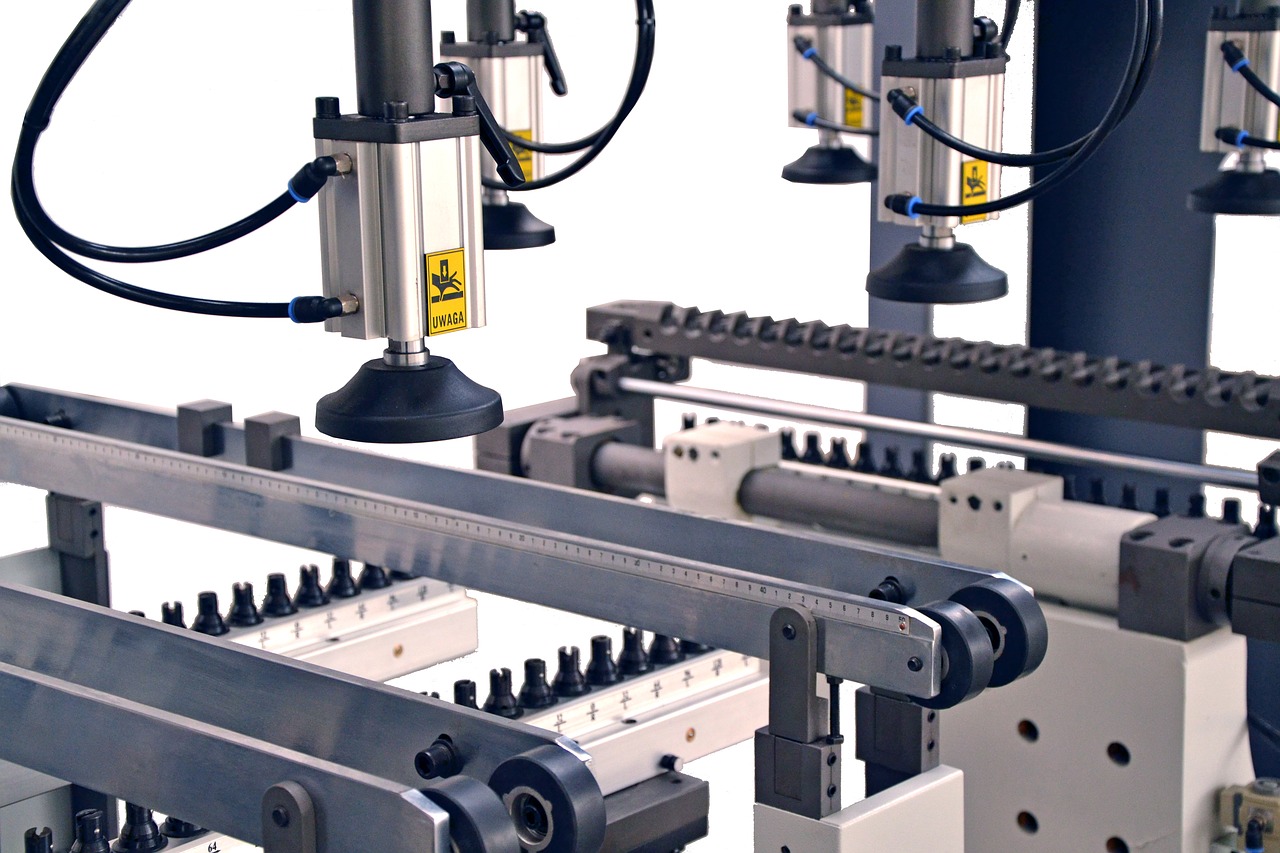Air escaping from a pneumatic valve can be alarming. The consequences, at best, include reduced efficiency and, at worst, may lead to expensive damage. Diagnosing pneumatic system problems can be time-consuming, but it doesn’t have to be. Here’s a quick guide to troubleshooting!
How Do Pneumatic Systems Work?
Pneumatic systems form a continuous relay of compressed air. The air is forced into an actuator, pushing the cylinder forwards, and is then exhausted back to the valve to enable the cylinder to retract. In terms of its physics, the system is straightforward, but utilising the mechanism effectively requires extremely tight seals. If seals are damaged or ineffective – for instance, if they have been inadequately replaced – the result is a loss of pressure, and therefore a loss of function.
How Do I Know If My Pneumatic System Is Leaking?
Unless proactive maintenance is used to identify issues before they become a problem, all systems will eventually start to leak. The first sign of this is normally the characteristic hissing sound of escaping air, although due to the noise levels of surrounding machinery, the leak is often not heard, and is therefore picked up at the point where the system stops performing as expected. By this point, the system has often been damaged by unregulated pressure flow.
How Do I Identify Where The Leak Is Coming From?
The automatic assumption of many technicians is that the valve is to blame. However, it’s often not the case. If the air seems to be escaping from the exhaust port, it’s usually a sign that a faulty seal inside the actuator is forcing an air bypass. Thankfully, there’s a quick and easy way to tell. Simply take the lead off the valve and check to feel whether there is still air escaping from it. If there is, it is an indication that the problem is located somewhere within the actuator rather than the valve. In this case, cylinder seals are often the primary culprit.
What Should I Do When I’ve Identified The Problem?
If the issue is with one of the seals in the actuator, it is a simple case of replacing the damaged part. This takes around fifteen minutes. However, if seals are failing frequently, it is worth exploring whether the actuator itself has been damaged by uneven air flow. If on the other hand the problem is located within the valve, the best option is to replace the part in its entirety.
Can I Avoid Leaks In My Pneumatic System?
There are several helpful strategies for minimising leaks. Firstly, proactive maintenance is recommended. Proactive maintenance involves routine inspections of pneumatic equipment and log-taking to ensure that parts such as seals are replaced before they have a chance to fail. Secondly, always invest in products that have been manufactured by reliable companies such as Festo, as these parts come with both pedigree and a guarantee. Pneumatic systems are less prone to developing problems when the entire system is assembled with parts from the same manufacturer, and installed by a reputable supplier.
What Next?
A leaking pneumatic system doesn’t have to require hours of downtime to troubleshoot. For more information about keeping your machinery up and running, get in touch with one of our fluid systems experts.
Image source: Pixabay



